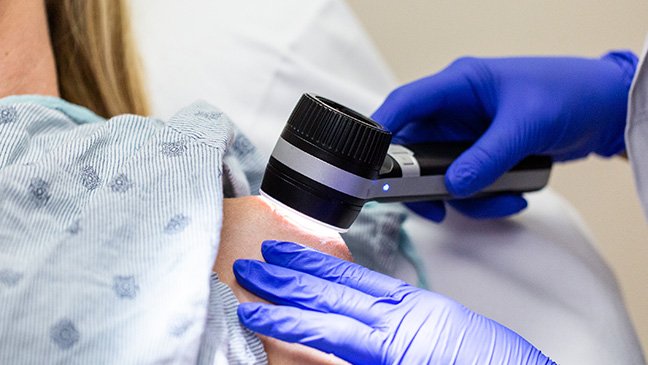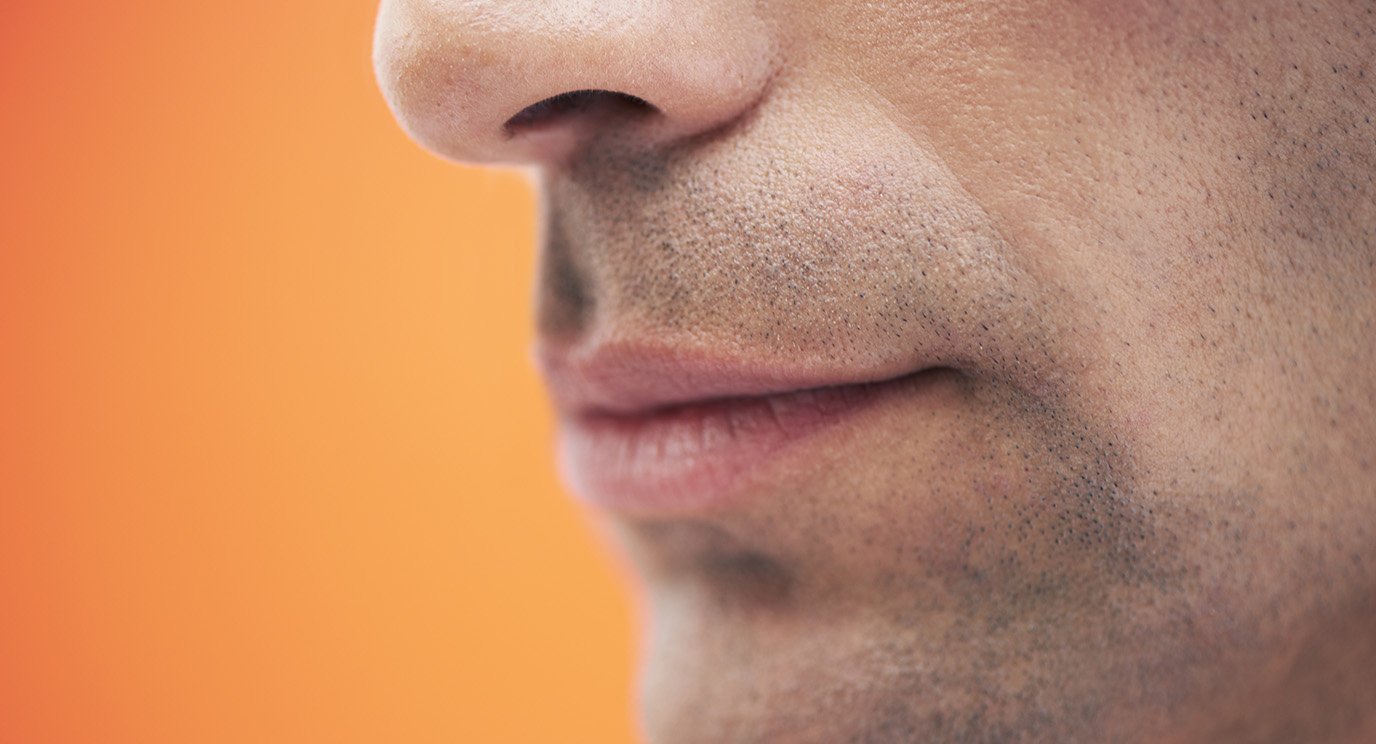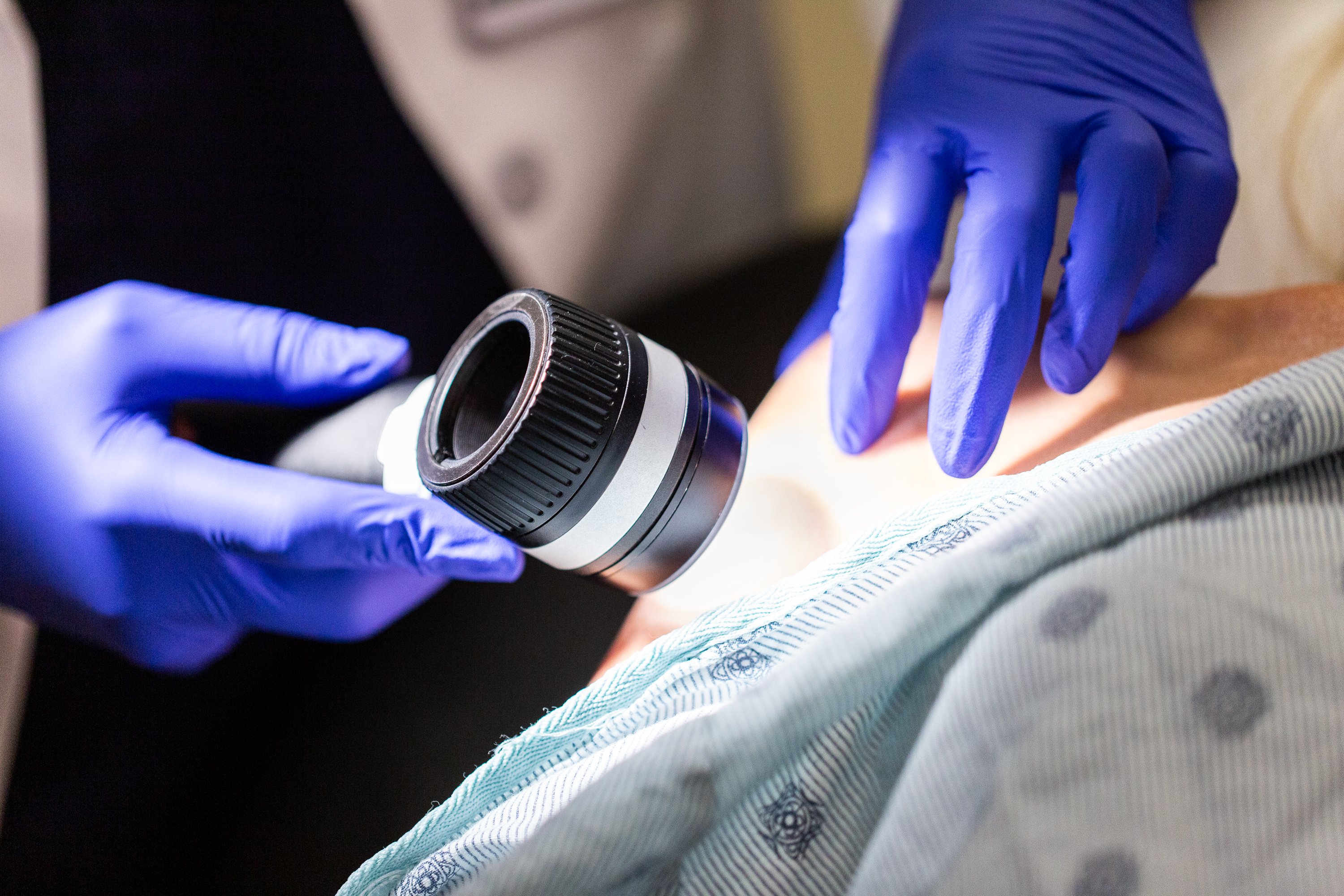- Diseases
- Acoustic Neuroma (14)
- Adrenal Gland Tumor (24)
- Anal Cancer (68)
- Anemia (2)
- Appendix Cancer (16)
- Bile Duct Cancer (26)
- Bladder Cancer (72)
- Brain Metastases (28)
- Brain Tumor (232)
- Breast Cancer (714)
- Breast Implant-Associated Anaplastic Large Cell Lymphoma (2)
- Cancer of Unknown Primary (4)
- Carcinoid Tumor (8)
- Cervical Cancer (158)
- Colon Cancer (166)
- Colorectal Cancer (118)
- Endocrine Tumor (4)
- Esophageal Cancer (44)
- Eye Cancer (36)
- Fallopian Tube Cancer (8)
- Germ Cell Tumor (4)
- Gestational Trophoblastic Disease (2)
- Head and Neck Cancer (12)
- Kidney Cancer (128)
- Leukemia (342)
- Liver Cancer (50)
- Lung Cancer (286)
- Lymphoma (278)
- Mesothelioma (14)
- Metastasis (30)
- Multiple Myeloma (100)
- Myelodysplastic Syndrome (60)
- Myeloproliferative Neoplasm (6)
- Neuroendocrine Tumors (16)
- Oral Cancer (100)
- Ovarian Cancer (172)
- Pancreatic Cancer (160)
- Parathyroid Disease (2)
- Penile Cancer (14)
- Pituitary Tumor (6)
- Prostate Cancer (146)
- Rectal Cancer (58)
- Renal Medullary Carcinoma (6)
- Salivary Gland Cancer (14)
- Sarcoma (238)
- Skin Cancer (296)
- Skull Base Tumors (56)
- Spinal Tumor (12)
- Stomach Cancer (64)
- Testicular Cancer (28)
- Throat Cancer (92)
- Thymoma (6)
- Thyroid Cancer (98)
- Tonsil Cancer (30)
- Uterine Cancer (80)
- Vaginal Cancer (16)
- Vulvar Cancer (20)
- Cancer Topic
- Adolescent and Young Adult Cancer Issues (20)
- Advance Care Planning (10)
- Biostatistics (2)
- Blood Donation (18)
- Bone Health (8)
- COVID-19 (362)
- Cancer Recurrence (120)
- Childhood Cancer Issues (120)
- Clinical Trials (632)
- Complementary Integrative Medicine (22)
- Cytogenetics (2)
- DNA Methylation (4)
- Diagnosis (232)
- Epigenetics (6)
- Fertility (62)
- Follow-up Guidelines (2)
- Health Disparities (14)
- Hereditary Cancer Syndromes (126)
- Immunology (18)
- Li-Fraumeni Syndrome (8)
- Mental Health (116)
- Molecular Diagnostics (8)
- Pain Management (62)
- Palliative Care (8)
- Pathology (10)
- Physical Therapy (18)
- Pregnancy (18)
- Prevention (918)
- Research (392)
- Second Opinion (74)
- Sexuality (16)
- Side Effects (604)
- Sleep Disorders (10)
- Stem Cell Transplantation Cellular Therapy (216)
- Support (402)
- Survivorship (322)
- Symptoms (182)
- Treatment (1786)
10 things to know about Mohs surgery
5 minute read | Published May 17, 2024
Medically Reviewed | Last reviewed by an MD Anderson Cancer Center medical professional on May 17, 2024
Mohs surgery is a minimally invasive procedure used to treat some skin cancers. It is named after Frederic Mohs, M.D., a doctor from Wisconsin who pioneered the technique in the 1920s.
About 90% of patients who undergo Mohs surgery at MD Anderson have either basal or squamous cell carcinoma of the skin.
But is Mohs surgery ever used to treat any other types of cancer? How does it differ from regular surgery? And, does it ever require general anesthesia?
Here are answers to these and seven other questions I hear frequently about Mohs surgery.
How is Mohs surgery different from regular surgery?
The biggest difference is in how tissue is processed once it’s removed.
During regular surgery, a certain amount of healthy skin is taken from around a tumor as a safety precaution. We sample the edges of this tissue at various intervals and perform a biopsy to make sure we got all the cancer. But only about 5% of the margins are evaluated during conventional surgery.
With Mohs surgery, we assess 100% of the margins. That means we look at all of the tissue’s edges before ending the procedure to make sure we got all the cancer. That’s what gives Mohs procedures a much higher cure rate than standard surgery. Between 97% and 99% of patients who have Mohs surgery will not see the cancer return in that location throughout their lifetimes.
Mohs surgery is also performed under local anesthesia in an outpatient setting.
What types of cancer is Mohs surgery used for?
Right now, Mohs surgery is still only used for certain types of skin cancer:
- Basal cell carcinoma
- Squamous cell carcinoma
- Melanoma in-situ (meaning, “in its original place,” not metastatic)
But the technique of looking at the entire perimeter of a tumor’s margins — called peripheral and deep en-face margin assessment (PDEMA) — is now being mirrored in the operating room with some large sarcomas and other cancers to enhance their cure rates.
Which patients might benefit the most from Mohs surgery?
Patients with cancers in areas where it’s especially important to conserve tissue are ideal candidates for Mohs surgery. The face, head, neck, fingers and genitals are all places where there’s not a lot of extra skin to work with.
Elderly or very sick patients may also benefit from Mohs surgery because it uses local anesthetic instead of general anesthesia, which can sometimes put them at greater risk for complications.
You might also benefit from this technique if you:
- Have amelanotic melanoma in situ, which can be hard to see
- Have a growth that was incompletely removed through standard surgery
- Only learned that a skin growth was cancer after it was lasered off, so you can’t see it anymore and/or don’t know exactly where it is/was
How do doctors determine if Mohs surgery is appropriate for a particular patient?
The American Academy of Dermatology has created criteria to help providers determine if Mohs surgery is a patient’s best skin cancer treatment option. These criteria consider the patient’s:
- tumor type
- tumor location
- age
- medical history
- overall state of health
- other conditions, such as leukemia, lymphoma or being immunocompromised
At MD Anderson, we make these decisions on a case-by-case basis.
Are there any situations in which Mohs surgery is not appropriate?
Absolutely. Mohs is not appropriate for patients with:
Spread-out skin tumors
The cancer has to be in one mass for us to get at its “roots.” It can’t be growing in a “splatter” pattern.
Metastatic cancer on the skin
Treating the primary cancer is the main focus here.
Very large tumors
Some are so big that local anesthetic would not be sufficient to prevent a patient from feeling pain during the procedure.
High-risk tumors
Many require sentinel lymph node testing.
If you have an invasive melanoma right next to a basal cell carcinoma, Mohs would also not be appropriate. When you have two types of cancer cells right next to one another or mixed together in a single tumor, we determine treatment based on the most invasive type.
How long does Mohs surgery usually take?
The average Mohs surgery takes about three hours. But it could take longer, depending on what we find, so I usually tell patients to plan on being here all day.
How painful is Mohs surgery, and how long does it take to recover?
Mohs surgery is considered a minor procedure. It is most often performed using local anesthetic, and patients are awake the whole time. So, patients don’t usually need narcotics afterward to manage pain. Any lingering discomfort is generally minimal and can be managed easily with over-the-counter pain relievers.
Does Mohs surgery ever require general anesthesia or an overnight stay in the hospital?
The vast majority of cases do not. If you have a very large or complex tumor and need plastic surgery to close the wound, we may keep you overnight. But MD Anderson dermatologists perform about 120 Mohs surgeries per month, and only about three of those require plastic surgery. That’s less than 3%.
What are the potential risks of Mohs surgery?
Any medical procedure carries some risk. The most common risks following Mohs surgery are:
- pain
- bleeding
- infection
We do our best to minimize those, but if you have any concerns, please be sure to mention them so that they can be addressed quickly. Your care team will tell you what to expect after your Mohs surgery and when to reach out for assistance.
What’s the most important thing to know about Mohs surgery?
Historically, Mohs surgery was a multi-day procedure. But once we learned how to flash-freeze tissues in the 1970s, it became a multi-hour one. So, it took about 50 years for technology to catch up with what the doctor who invented it originally envisioned. It’s a wonderful tool.
Valencia Thomas, M.D., is a dermatologist who specializes in Mohs surgery and serves as director of the Mohs Center.
Request an appointment at MD Anderson online or call 1-844-491-1633.

Mohs surgery is considered a minor procedure.
Valencia Thomas, M.D.
Physician





